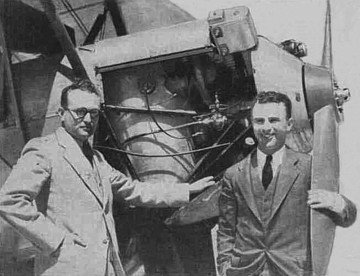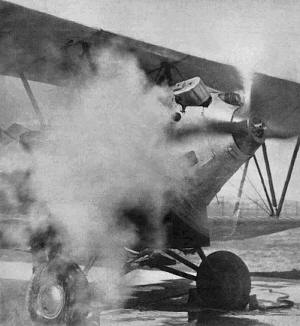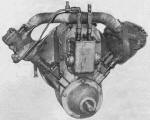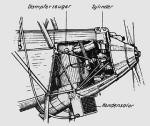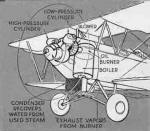|
A Travel Air 2000 biplane made the world's
first piloted flight under steam power over Oakland, California, on
12 April 1933. The strangest feature of the flight was its relative
silence; spectators on the ground could hear the pilot when he
called to them from mid-air. The aircraft, piloted by William Besler,
had been fitted with a two-cylinder, 150 hp reciprocating engine.
An important contribution to its design was
made by Nathan C. Price, a former Doble Steam Motors engineer. Price
was working on high pressure compact engines for rail and road
transport; the purpose of the flight was to obtain publicity for
this work. Following its unexpectedly favourable reception Price
went to Boeing and worked on various aviation projects, but Boeing
dropped the idea of a steam aero engine in 1936. Price later worked
for Lockheed where his experience with developing compact burners
for steam boilers helped to design Lockheed's first jet engine.
|
